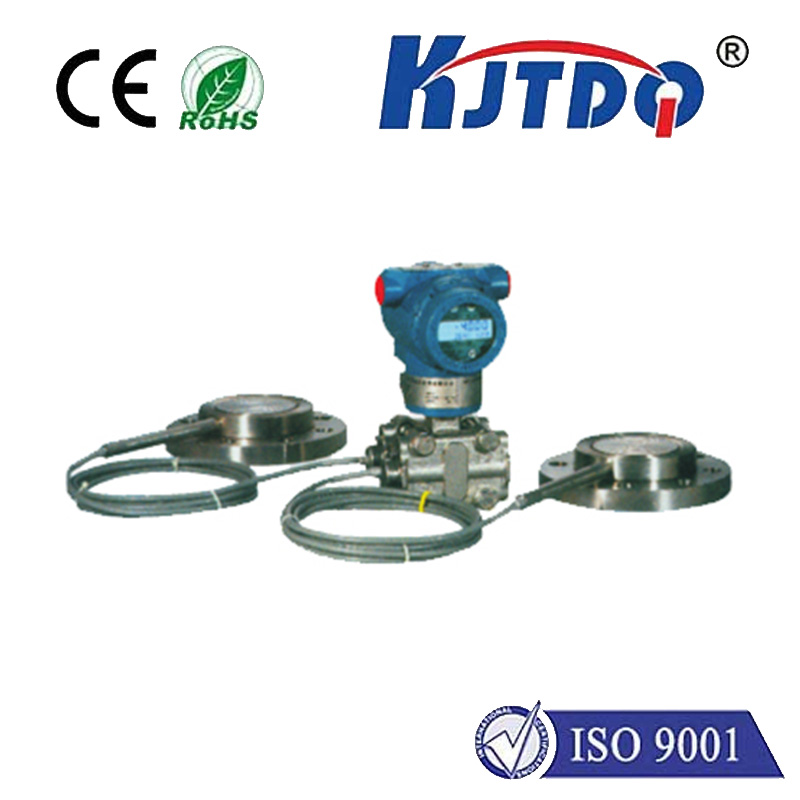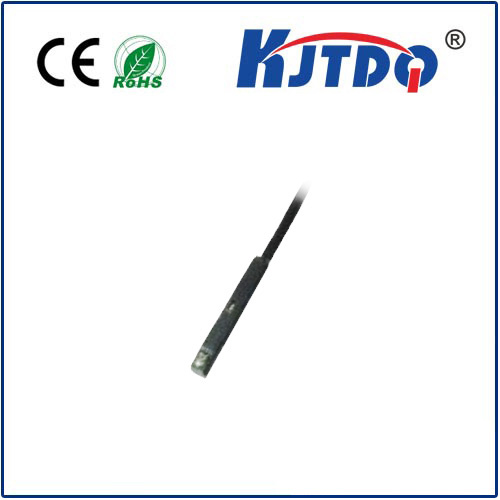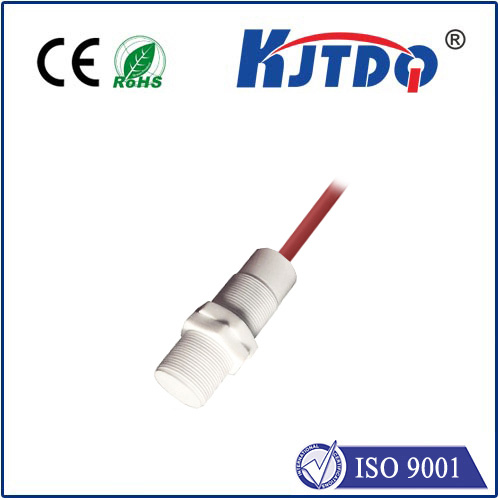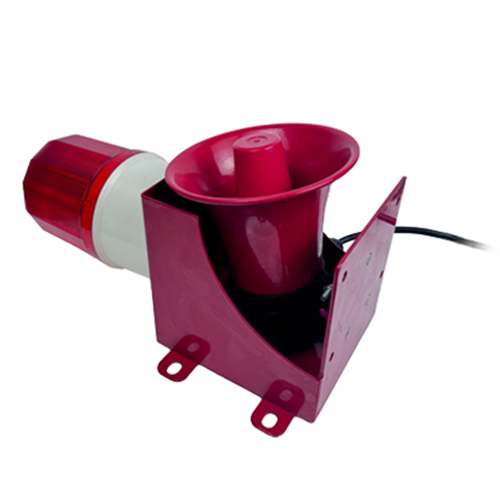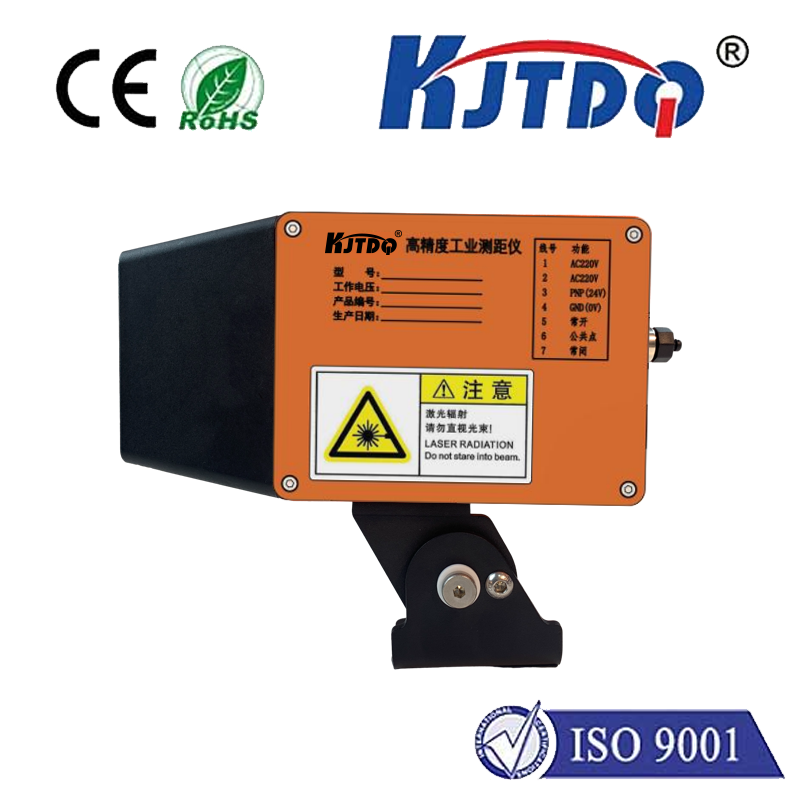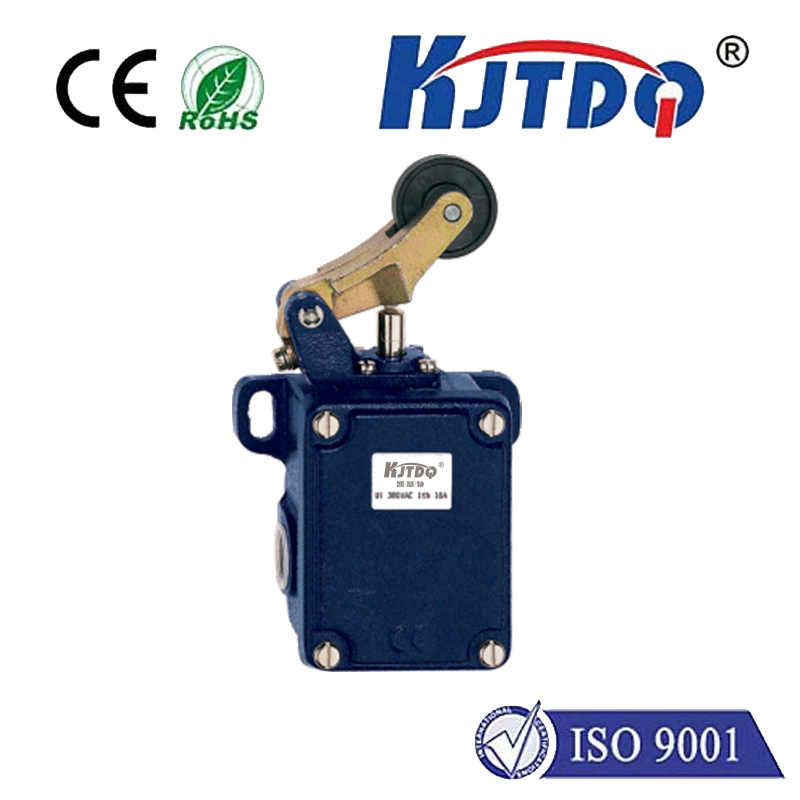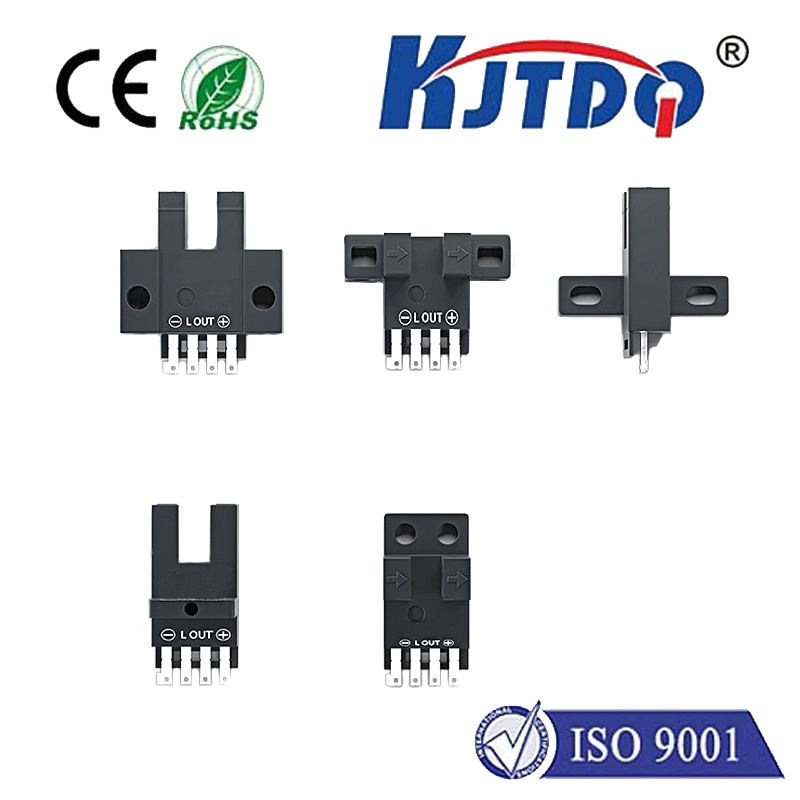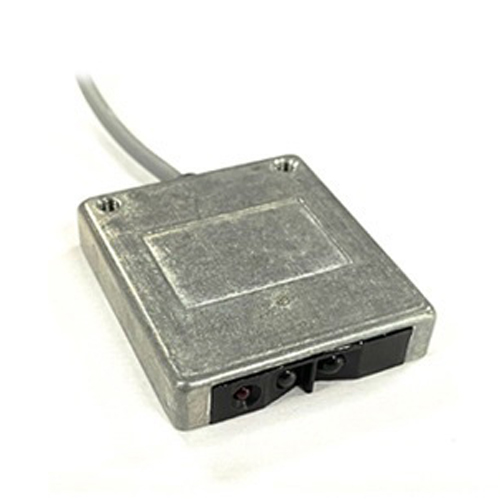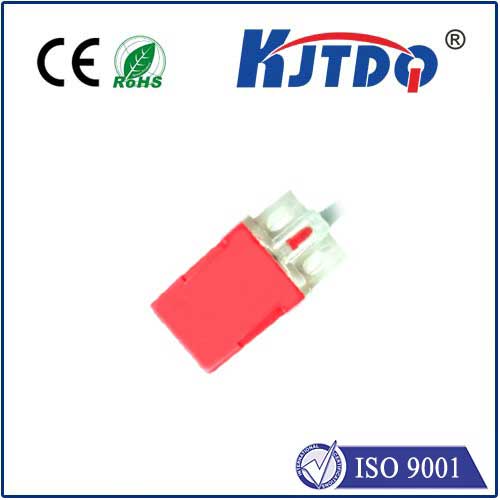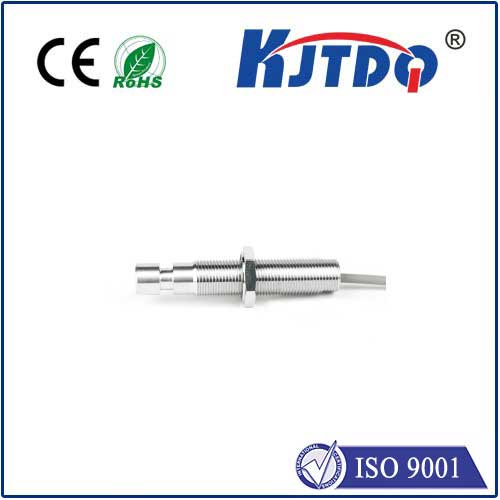

check

check

check

check

check

check

check

check

check

check

Title: Understanding the Functionality of Limit Switch REL In the world of automation and control systems, limit switches play a crucial role in ensuring the safe and efficient operation of machinery. One such limit switch that has gained popularity in recent years is the REL limit switch. This article aims to provide a comprehensive understanding of what a REL limit switch is, how it works, and its applications. A REL limit switch, also known as a relay limit switch, is an electrically operated switch that is used to control the movement of a machine or a system. It is designed to sense the physical position of an object and activate or deactivate a circuit when the object reaches a predetermined limit. The REL in the name stands for “Relay Logic,” which refers to the use of relays in the switch’s design. The working principle of a REL limit switch is based on the magnetic field generated by an electric current passing through a coil of wire. When the object to be monitored comes into contact with the magnetic field, it creates a force that actuates the switch. This action closes or opens the electrical circuit, thereby controlling the power supply to the machine or system. REL limit switches are available in various configurations, such as roller-operated, lever-operated, and pushbutton-operated. They can be used in a wide range of applications, including conveyor belts, elevators, escalators, and industrial robots. These switches are preferred over mechanical limit switches due to their durability, reliability, and ease of maintenance. One of the key advantages of using a REL limit switch is its ability to handle high currents and voltages without getting damaged. This makes it ideal for use in heavy-duty industrial applications where mechanical stress and harsh environmental conditions are common. Additionally, REL limit switches offer improved response times and greater accuracy in detecting the position of an object. Another benefit of using a REL limit switch is its flexibility in terms of installation and wiring. These switches can be easily mounted on various surfaces using screws or bolts and can be connected to different types of electrical circuits using standard wiring techniques. This allows for quick and easy integration into existing systems. In conclusion, a REL limit switch is a versatile and reliable solution for controlling the movement of machinery and systems in industrial settings. Its unique design and features make it suitable for a wide range of applications, from conveyor belts to industrial robots. By understanding the functionality and benefits of a REL limit switch, engineers and technicians can select the right type of switch for their specific needs and ensure optimal performance and safety in their operations.
